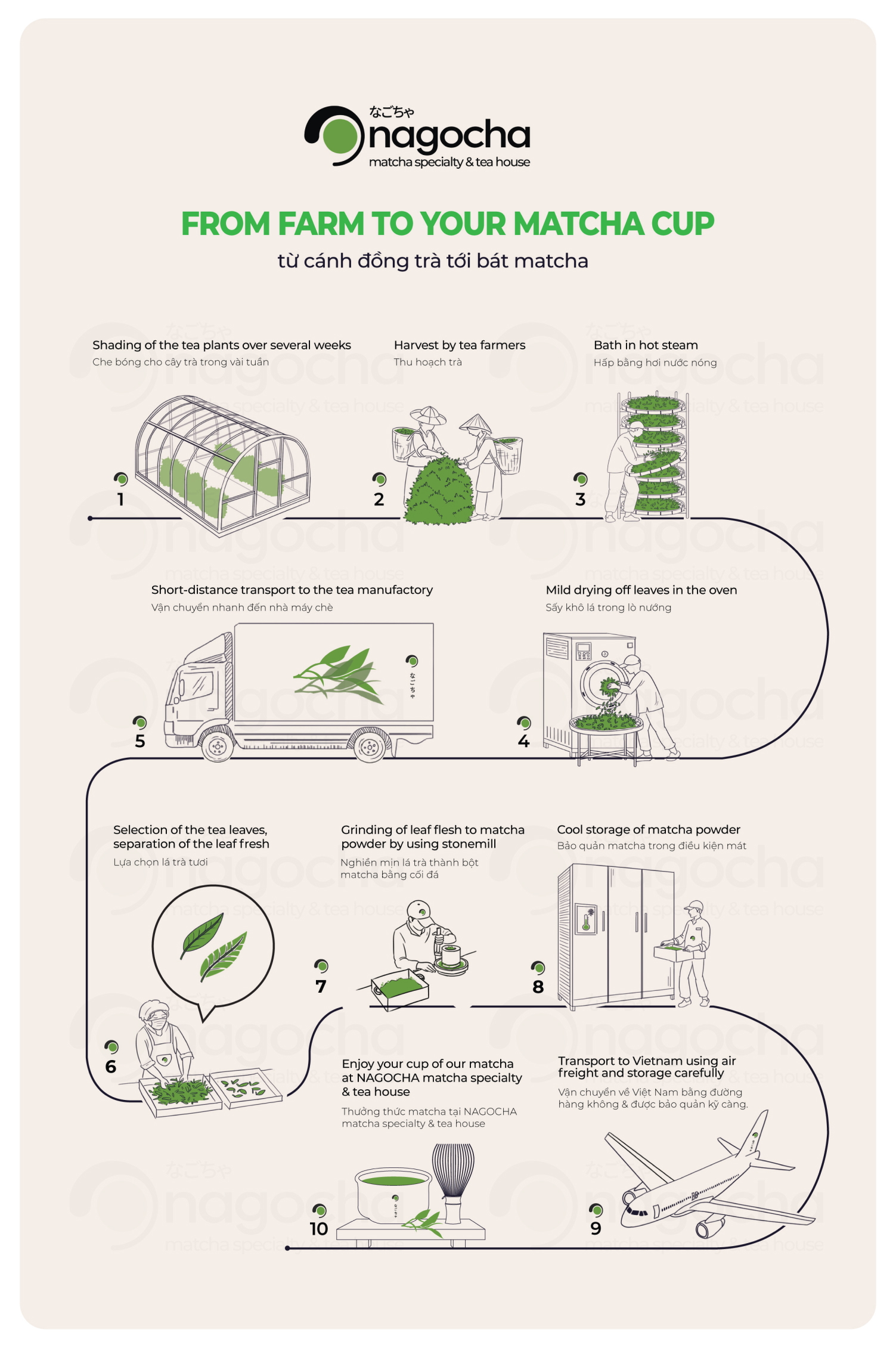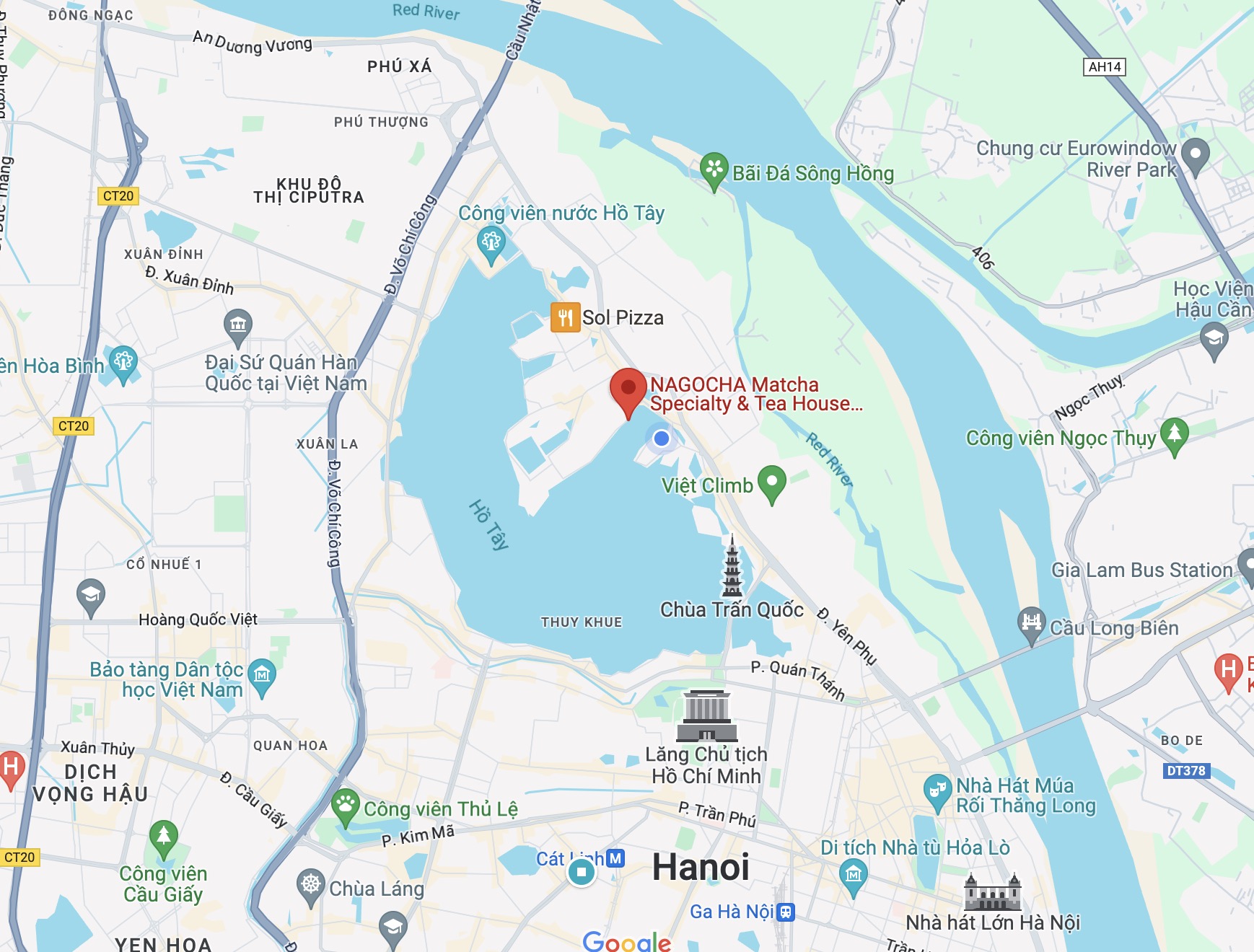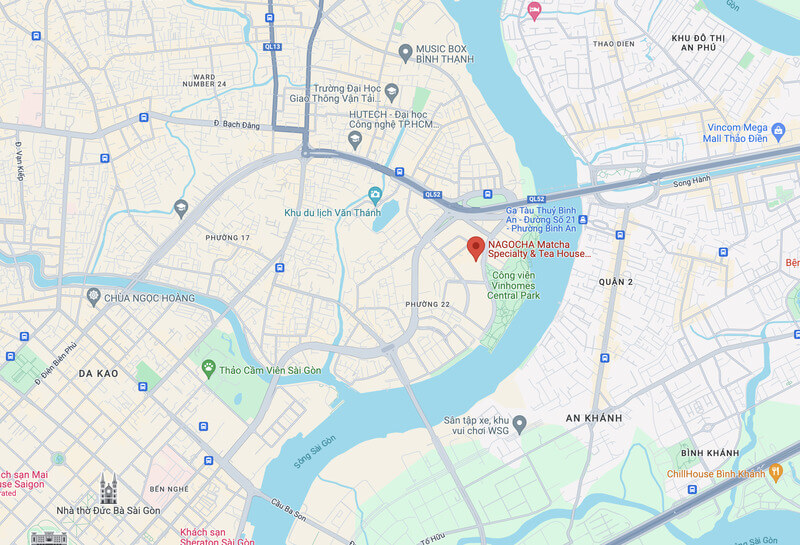single origin
asahi
A ceremonial-grade matcha cultivar
from Wazuka, Kyoto, Japan
Available at 38 Quang An, Hanoi, Vietnam
ABOUT ASAHI
A great history of Asahi
The Asahi cultivar was developed in Uji, Kyoto Prefecture, Japan in the 1970s. It was created by cross-breeding the Samidori and unknown parent cultivars.
Origins and Characteristics:
The Asahi tea cultivar was developed in the Uji region of Kyoto Prefecture, Japan, in the 1970s by cross-breeding the Samidori and unknown parent cultivars. It is a shade-grown tea, which means that the tea plants are covered with shade cloths for about 20 days before harvesting. This process helps to increase the tea's chlorophyll content and reduces its bitterness.
Asahi is a cultivar that is known for its vibrant green color, mellow flavor, and smooth texture. It has a balanced taste profile with a hint of sweetness and a slightly vegetal aroma. Asahi has a moderate umami taste and a pleasant finish that leaves a refreshing aftertaste.
Growing and Harvesting:
Asahi tea is grown in the Uji region of Kyoto Prefecture, which is known for its high-quality tea production. The tea is grown at elevations of between 200 to 500 meters above sea level. The soil in this region is nutrient-rich and well-draining, which provides ideal growing conditions for tea plants.
Asahi tea is typically harvested in late April or early May, depending on the weather conditions. The tea leaves are hand-picked by skilled tea pluckers, who carefully select only the top leaves and buds. The leaves are then transported to a processing facility, where they are steamed, dried, and finely ground into a powder.
Uses:
Asahi is commonly picked to use in many tea ceremonies in Japan. In addition, Asahi tea can also be used to make other types of green tea, such as sencha. Sencha is a steeped tea that is made by infusing whole tea leaves in hot water. Asahi is a popular cultivar for making sencha tea, which has a mild and refreshing taste.
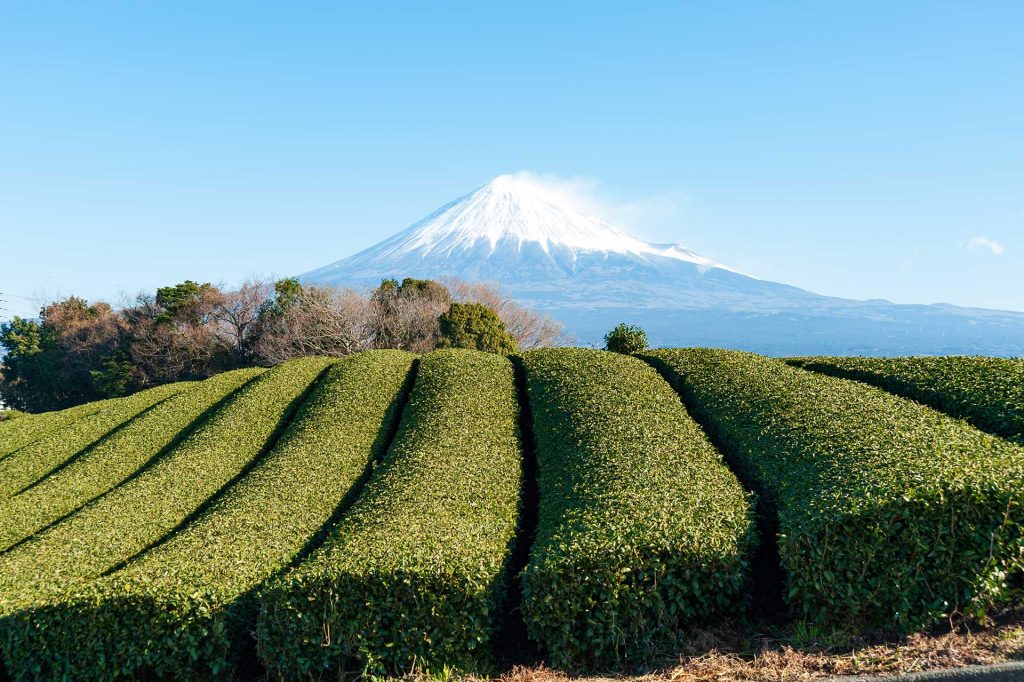
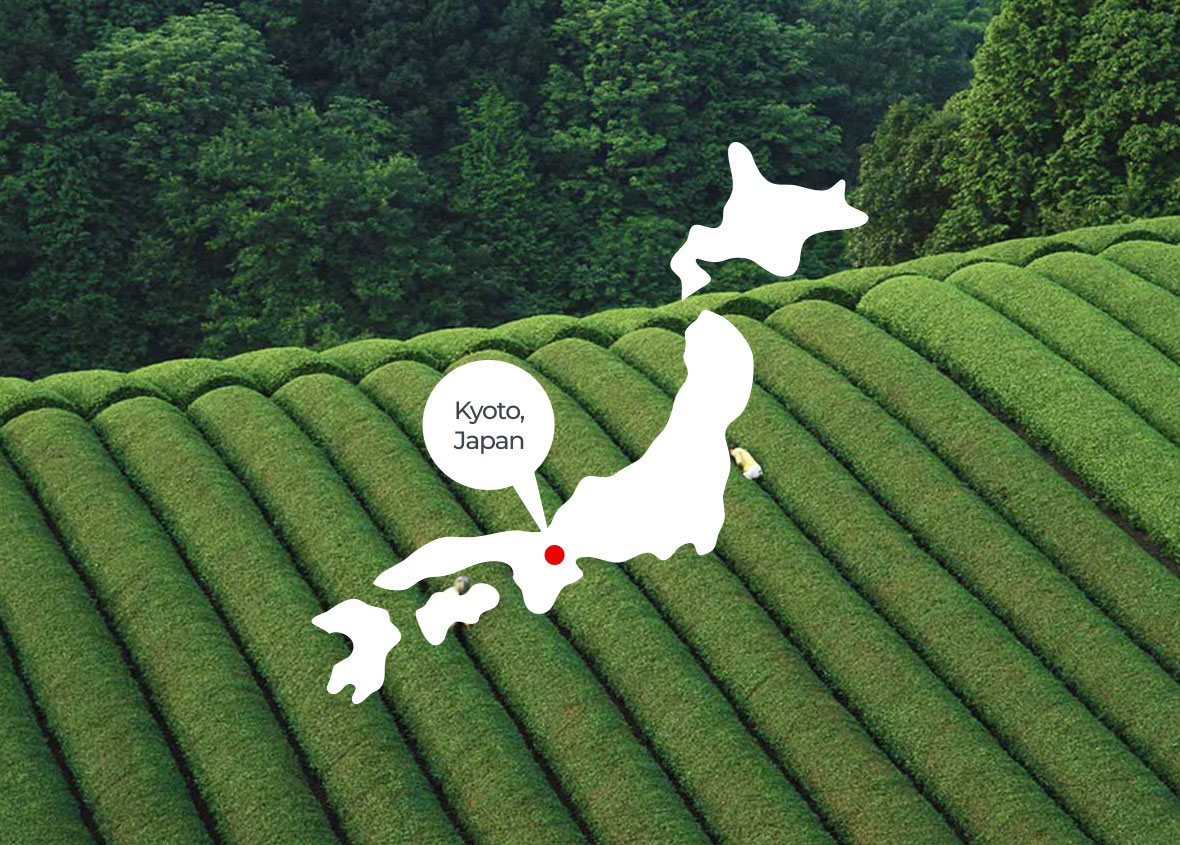
A single origin cultivar | Asahi
Ceremonial-grade Uji Matcha
1st spring harvest | Wazuka, Kyoto, Japan
Freshly stone-milled | Pesticide-free
CHARACTERISTICS / TÍNH CHẤT TRÀ
Asahi
ART OF MATCHA
Most suitable for
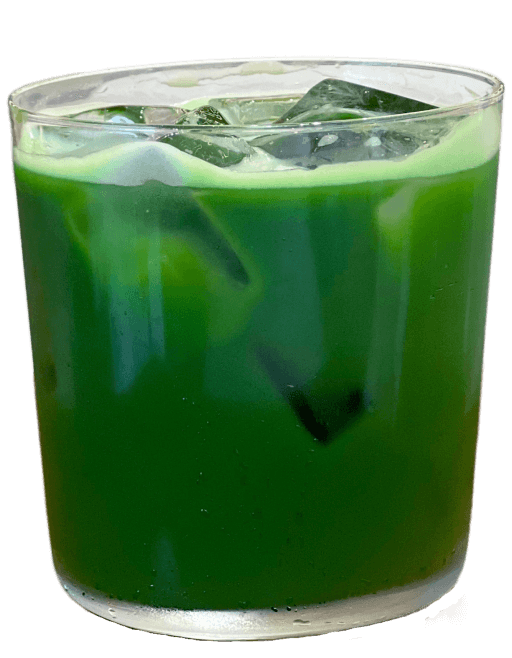
CLEAR
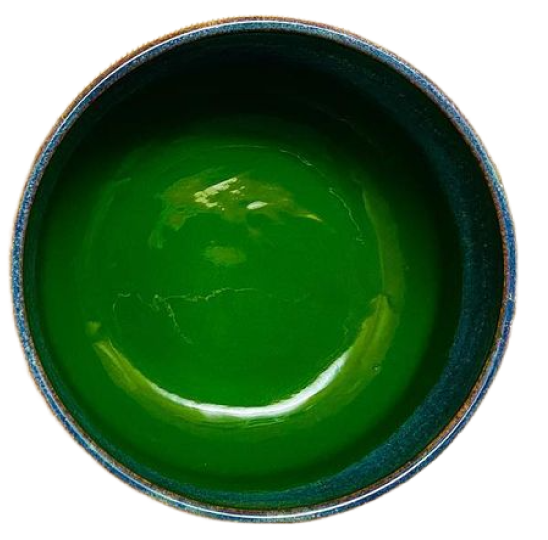
KOICHA
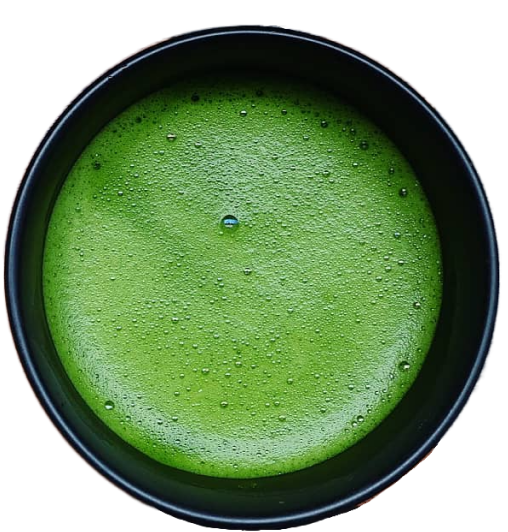
USUCHA
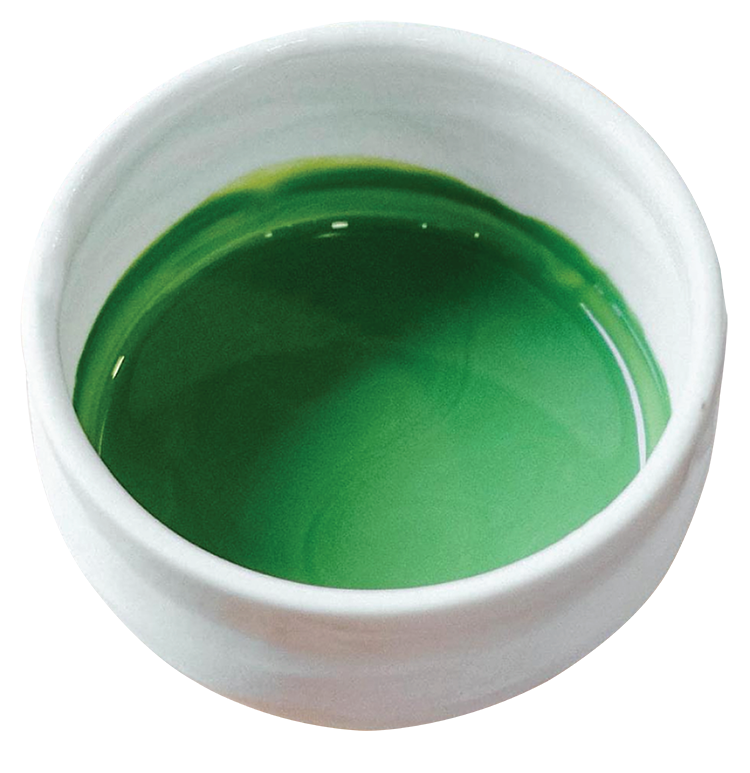
LATTE
SEEING IS BELIEVING
Ceremonial vs Culinary
At Nagocha, we only use “Ceremonial-grade” premium matcha for your cup of matcha to ensure the best quality you experience. We say no to “Culinary-grade” matcha.
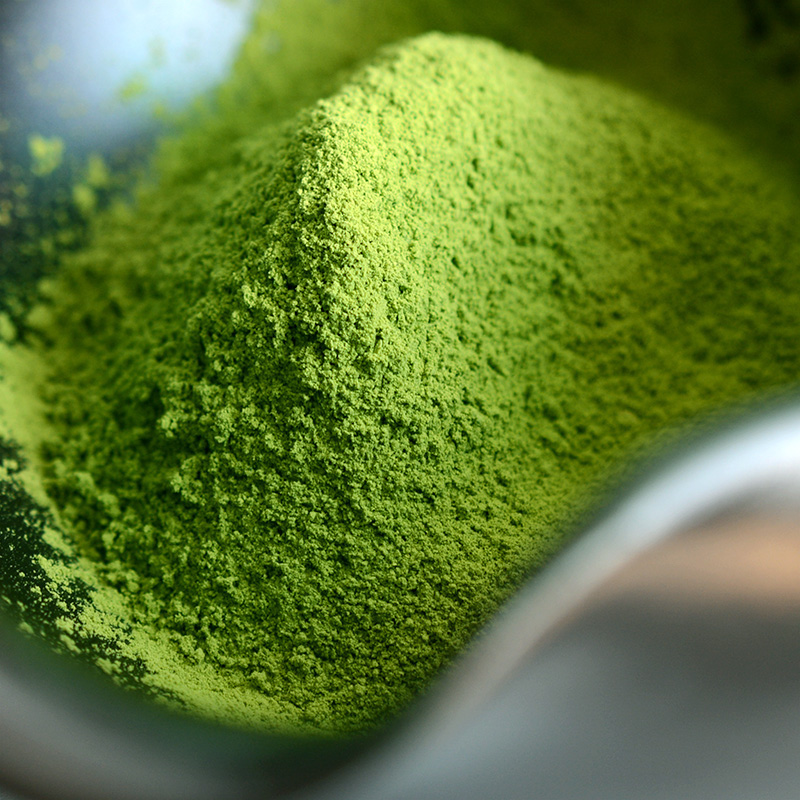
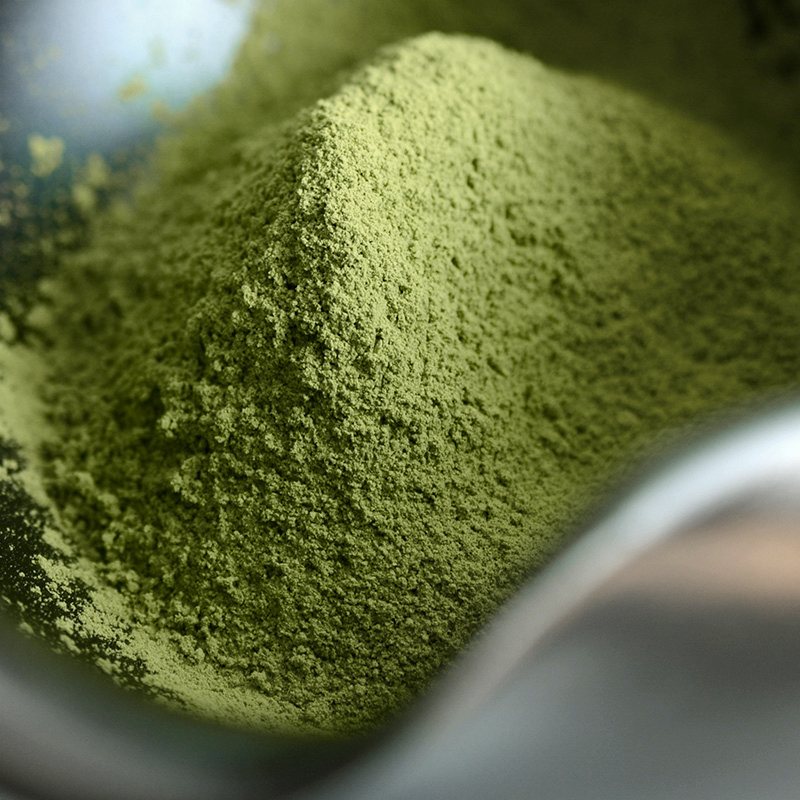
Swipe left and right to experience the color difference
MATCHA vs COFFEE
A Steady Boost
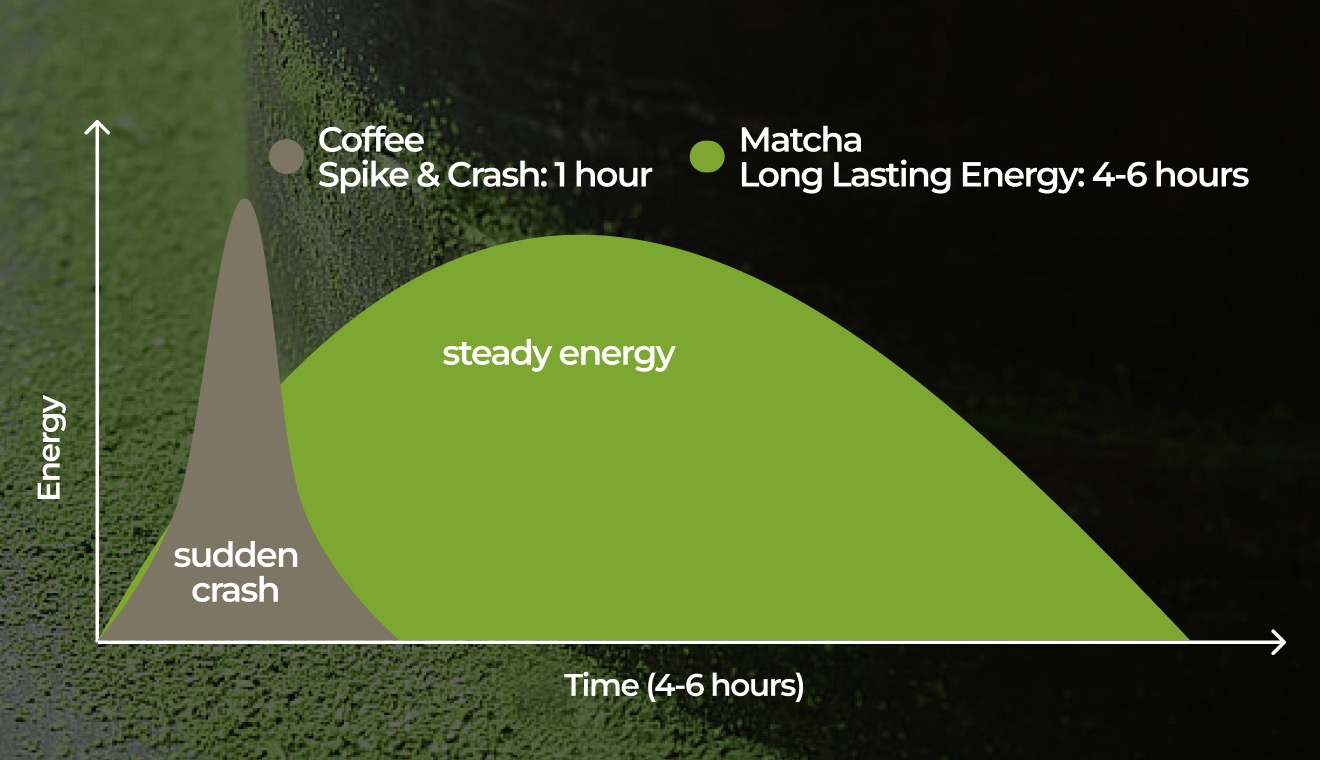
According to many studies, a cup of matcha contains less caffein than a cup of coffee. The natural L-theanine in matcha calms your mind and body while absorbing caffeine which gives you a focused 4-6 hour boost! Matcha provides a steady increase in energy and focus without sudden spikes or crashes like with coffee and energy drinks.
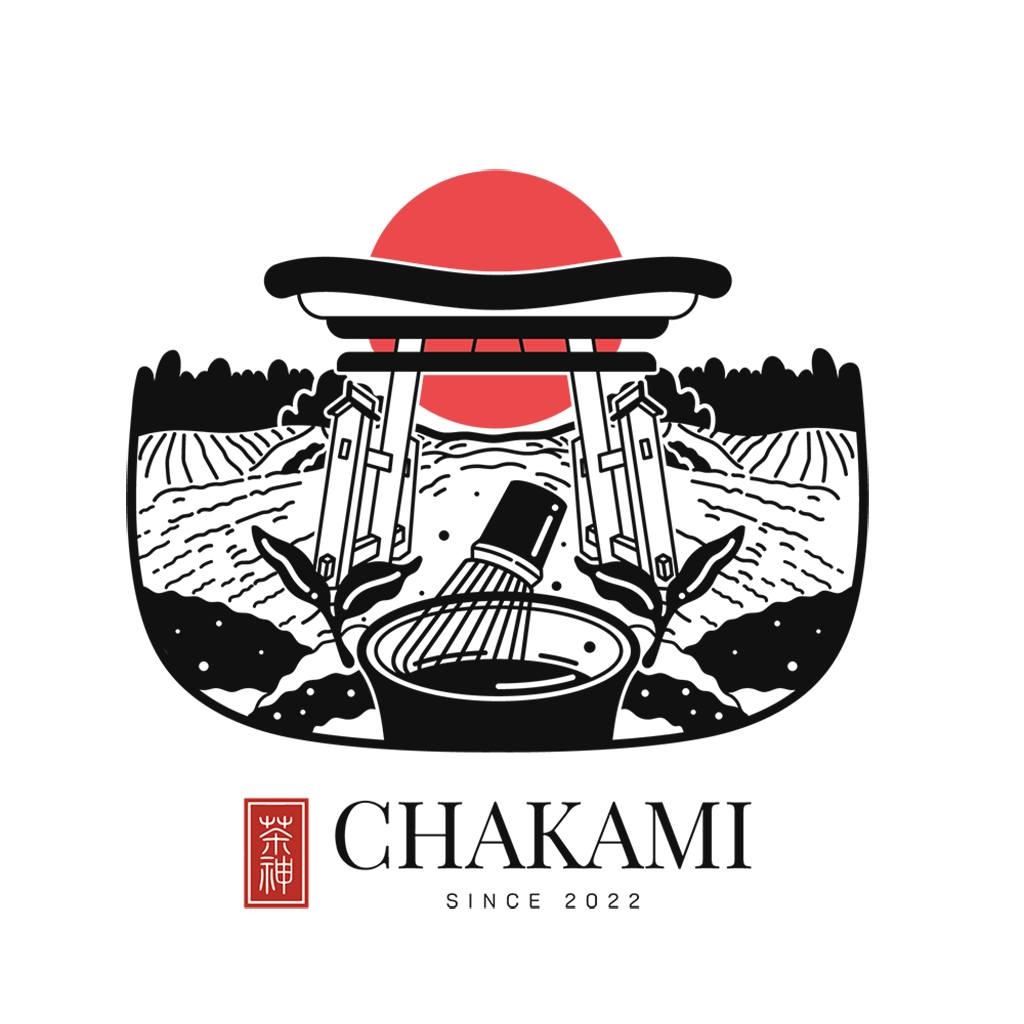
Perhaps you’re still curious about the name “Chakami.” Well, Chakami has been our primary matcha supplier since the very beginning of our store. With the backing of a team of tea experts in the Japanese matcha business, Chakami has provided invaluable support to Nagocha. Chakami matcha products can be found in many of Nagocha’s matcha menus. As an authorized seller of Chakami, we offer a range of their matcha products for purchase. You can visit our store counter for in-store purchases, or simply send us a message on our Facebook and we will arrange nationwide delivery to your doorstep through our reliable delivery service.
QUESTIONS?
If you have any more questions, we’re here to answer. Please do not hesitate to contact us
